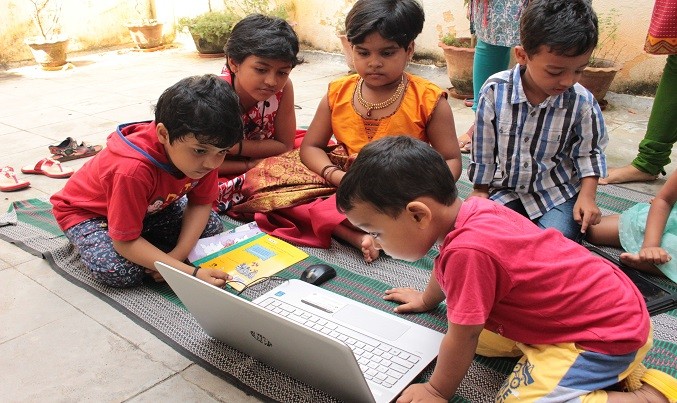Funding sources for charities and non-profit organizations can come from a variety of methods. Each method has their own pros and cons, as well as risks to take.
Presents and Donations
Presents and donations can be given in kind by individuals, foundations, charitable trusts, and companies. In order to receive these donations, nonprofit organizations would normally need to apply for them. Receiving donations is a significant source of funds for many charities and nonprofit organizations. Fundraising activities, on the other hand, can pose more of a risk, and can even cause money to be lost or wasted if not managed properly. Unlike donations which are essentially given, a fundraising activity will require capital, proper management, volunteers, as well as participants to take part in the activity, and hence come the risks.
Grant funding
Grants are exempted from taxes but are not always so easy to receive. Over time, grant funders have been very strict and selective in terms of funding for nonprofit organizations. Apart from being difficult to attain, grant funders also often come with conditions. These conditions can go as far as the funder getting back funds that weren’t used for the proposed project. Ultimately, grant funding gives the funders, mostly charitable trusts, and foundations, a more hands-on approach.
Loan financing an equity capital
Both loan financing and equity capital isn’t very common but nonetheless still used by nonprofits to acquire funds. Loans are typically risky because everything borrowed, ought to be returned, mostly with interest. Most times, nonprofits need to be sure because many banks assets which they can confiscate should you fail to pay in a timely manner. In the case of equity finance, funds aren’t being borrowed and do not need to be returned. Instead, parts of the earnings the nonprofit received will also belong to the ones who funded their capital. The investor will then have a permanent position in the organization. Investors usually study the organization well to make sure they can really benefit from this agreement.
Contracts
A contract is a piece of document binding two parties by law. It is a recognized agreement and non-compliance can be punishable, which is also stated in the respective contracts. Contracts are used as funding sources for nonprofit organizations very often. Just like many other things, a contract can get dangerous if not handled properly. This is why nonprofit organizations should always make sure they’ll be able to fulfill all conditions in the contract and be aware of the penalties.
Fundraising activities
Fundraising activities can be a variety of things such as selling of goods and services all the way to the entertainment industry. Very often, when selling items, it is indicated in the packaging that the money used to purchase the item will go to a specific project. Same goes for selling tickets for shows or plays. A fundraising activity would be a good way for people to get to know more about your organization and its purpose, as well as to raise money. It’s easier to convince people to buy products or tickets to a show rather than simply asking for donations. Sometimes, charities and nonprofits also partner with each other to be more recognized by the public. As much as this is very effective, there are still a few risks which charities and nonprofits should consider. It is best that people are well informed about the projects for continued support in the future.
As much as there’s a variety of sources for funding charities and nonprofit organizations, it doesn’t necessarily mean all should be tried by charities and nonprofit organizations. It is best for them to access their situations, the pros and cons of each funding methods, and the risks altogether before finally deciding.
Source: https://knowhownonprofit.org/governance/board-responsibilities/raisingmoney











